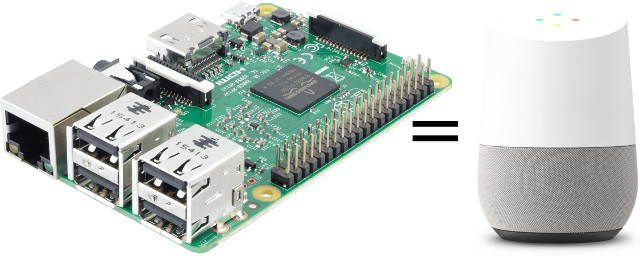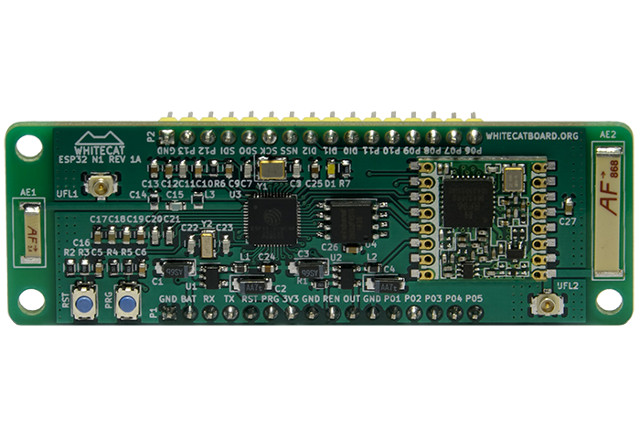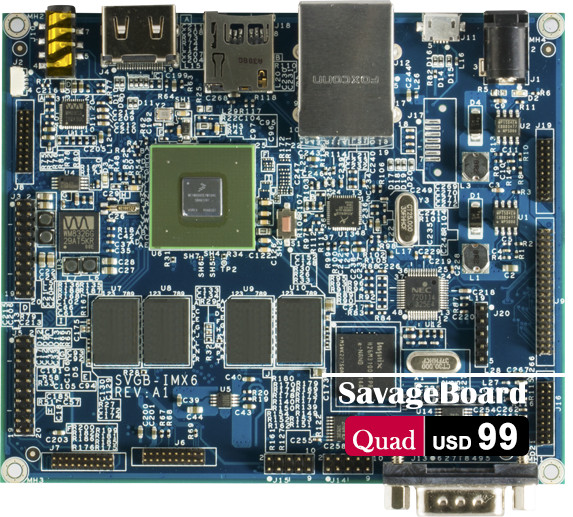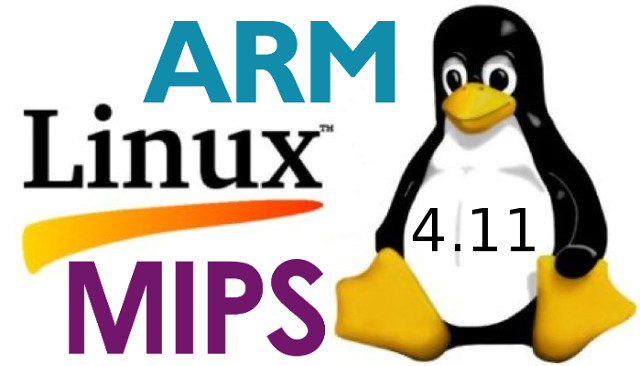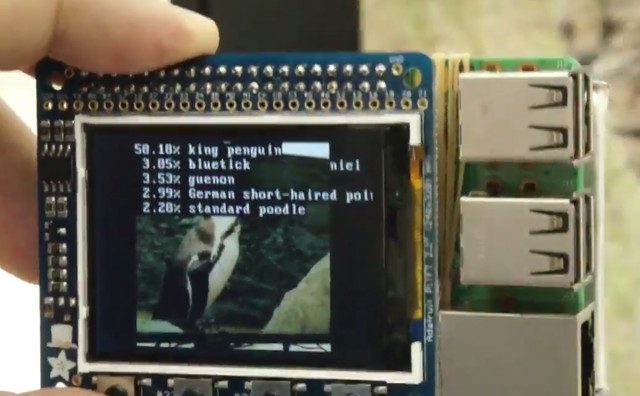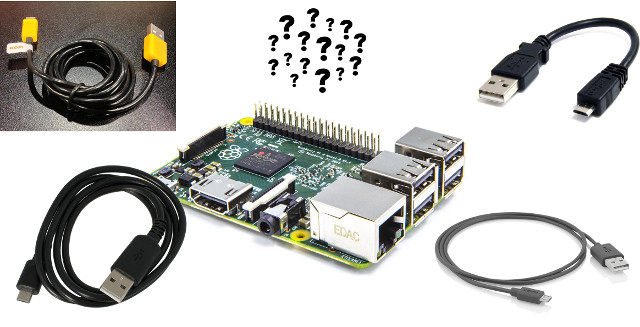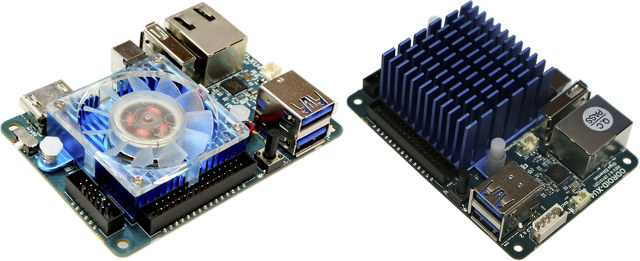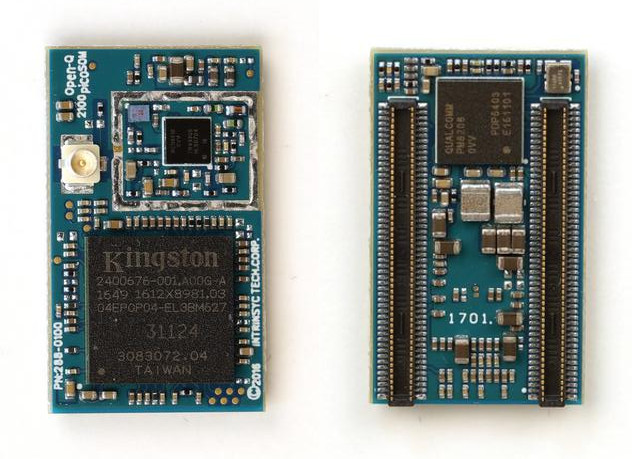Google Home allows you to select music, control your home automation system and more with voice commands, but now you can do the same with a Raspberry Pi 3 as Google released a developer preview (alpha v1) of the Google Assistant API that works on Raspberry Pi 3, and other development boards running Debian or Ubuntu. Functionalities are limited right now, with RPC API and Python sample code, but it only works with English language, and features such as timers & alarm, playing music, news, or podcasts, and precise location are not supported. Location is determined using your IP address only, and if you’re using some third party services / products such as Uber or Hue, you’ll need an actual Google Home device for initial setup. Google has provided instructions to use Google Assistant SDK with Raspberry Pi 3 board. First you’ll need a USB microphone ($5.99 on Amazon), and […]
Whitecat ESP32 N1 Board Combines ESP32 WiFi + Bluetooth SoC with a LoRa Transceiver, Runs Lua RTOS
Espressif ESP32 SoC is gaining traction right now as prices have come down, and there’s still an on-going fight among LPWAN standards with LoRaWAN being fairly popular in Europe. Whitecat, a group of engineers from several companies based in Citilab, Barcelona, Spain, has designed a board that combines both ESP32 and a LoRA transceiver, bringing an alternative to Pycom LoPy board, but instead of running MicroPython, they have developed Lua-RTOS. Whitecat ESP32 N1 hardware specifications: SoC – Espressif ESP32 dual-core Tensilica LX6 microprocessor @ up to 240MHz with 520kB internal SRAM Storage – 4MB flash memory Connectivity LoRa WAN transceiver working in the 868 (EU) MHz / 915 (USA) MHz with on-board antenna, and u.FL connector for external antenna Integrated 802.11b/g/n WiFi transceiver with on-board antenna, and u.FL connector for external antenna Integrated dual-mode Bluetooth (classic and BLE) I/O Headers – 2x 16-pin with SPI, I2C, I2S, SDIO, UART, CAN, […]
SavageBoard Open Source Hardware Board Powered by NXP i.MX 6 Processor Offers Multiple Display Options
While it’s hard to keep track of all NXP i.MX6 boards and modules on the market, few can claim to be open source hardware, with the exception of OpenRex, and now SavageBoard, which I just found in Linux 4.11 release log. The board comes in three variants with Solo, Dual, and Quad versions, is equipped with 4 to 8GB flash, 512MB to 1GB RAM, HDMI, TFT LCD, MIPI DSI, and LVDS ports, Ethernet, SATA (Quad only), lots of I/O headers, and more. SavageBoard Solo/Dual/Quad specifications: SoC Solo – NXP i.MX 6Solo Cortex A9 processor @ 1.0 GHz with Vivante GC880 3D GPU Dual – NXP i.MX 6Dual dual core Cortex A9 processor @ 1.0 GHz with Vivante GC880 3D GPU Quad – NXP i.MX 6Quad quad core Cortex A9 processor @ 1.0 GHz with Vivante GC2000 3D GPU System Memory Solo – 512 MB 32-bit DDR3 @ 400 MHz Dual […]
Linux 4.11 Release – Main Changes, ARM & MIPS Architecture
Linus Torvalds has just released Linux 4.11: So after that extra week with an rc8, things were pretty calm, and I’m much happier releasing a final 4.11 now. We still had various smaller fixes the last week, but nothing that made me go “hmm..”. Shortlog appended for people who want to peruse the details, but it’s a mix all over, with about half being drivers (networking dominates, but some sound fixlets too), with the rest being some arch updates, generic networking, and filesystem (nfs[d]) fixes. But it’s all really small, which is what I like to see the last week of the release cycle. And with this, the merge window is obviously open. I already have two pull request for 4.12 in my inbox, I expect that overnight I’ll get a lot more. Linux 4.10 added Virtual GPU support, perf c2c’ tool, improved writeback management, a faster initial WiFi connection […]
GPU Accelerated Object Recognition on Raspberry Pi 3 & Raspberry Pi Zero
You’ve probably already seen one or more object recognition demos, where a system equipped with a camera detects the type of object using deep learning algorithms either locally or in the cloud. It’s for example used in autonomous cars to detect pedestrian, pets, other cars and so on. Kochi Nakamura and his team have developed software based on GoogleNet deep neural network with a a 1000-class image classification model running on Raspberry Pi Zero and Raspberry Pi 3 and leveraging the VideoCore IV GPU found in Broadcom BCM283x processor in order to detect objects faster than with the CPU, more exactly about 3 times faster than using the four Cortex A53 cores in RPi 3. They just connected a battery, a display, and the official Raspberry Pi camera to the Raspberry Pi boards to be able to recognize various objects and animals. The first demo is with Raspberry Pi Zero. […]
Selecting a Micro USB Cable to Power Development Boards or Charge Phones
Yesterday one person contacted me on Facebook asking me whether there was any chance of me doing a “which usd-micro usb cable is best”, as there’s not much clear information on the Internet. His purpose was to charge his phone, but many development boards come with a micro USB port, and I’ve read many comments about powering the board. It also happened to me, and the main cause can either be the power supply which does not work as rated (usually 5V/2A), or the micro USB cable which may have a resistance a little to high leading to voltage drops. You’ll know you may have a power problem when the board refuses to boot, and usually boot loop, or randomly reboots especially under high load. The first solution is to get a power supply that provide the right voltage and amperage, and you can test that with USB Charger doctor […]
Hardkernel ODROID-XU4Q is a Fanless Version of ODROID-XU4 Exynos 5422 Development Board
[Update May 2018: You may be interested in ODROID-XU4Q review with Ubuntu 18.04] We had already seen ODROID-XU4 development board price drop to $59 earlier this year, but a frequent complain about the board remained: it requires a fan to operate at full speed, and makes noise while the fan turns. To address this issue, the company has now launched ODROID-XU4Q board with exactly the same specifications with Samsung Exynos 5422 octa-core processor, 2GB RAM, eMMC module support, Gigabit Ethernet, USB 3.0, HDMI 1.4 etc…, except the fan is replaced by a large heatsink. The company has also thoroughly tested both versions in different configurations such as setting the maximum frequency to 1.8 or 2.0 GHz, and found ODROID-XU4Q to be slightly slower under high load due to CPU throttling, as the large heatsink does not cool quite as well as the smaller heatsink in combination with a fan. However […]
Intrinsyc Introduces Open-Q 2100 SoM and Devkit Powered by Qualcomm Snapdragon Wear 2100 SoC for Wearables
Qualcomm unveiled Snapdragon Wear 2100 SoC for wearables early last year, and since then a few smartwatches powered by the processor – such as LG Watch Style and Watch Sport – have been launched, and Intrinsyc has now unveiled one of the first module based on the processor with Open-Q 2100 system-on-module, and a corresponding Nano-ITX baseboard. Open-Q 2100 SoM specifications: SoC – Qualcomm Snapdragon Wear 2100 (APQ8009W) quad core ARM Cortex A7 processor @ up to 1.094 GHz with Adreno 304 GPU System Memory – 512 MB LPDDR3 Storage – 4GB eMMC flash Connectivity – 802.11 b/g/n WiFi (WCN2320), Bluetooth 4.1 LE, Gen 8C GNSS (GPS/GLONASS) with on-board u.FL connector (WGR7640) Audio – Integrated Codec/PMIC (PM8916-1) with optional support for Fluence HD, Snapdragon Voice Activation, and Snapdragon Voice+ 2x 100-pin board-to-board connectors with USB 2.0, I2S, GPIO, MIPI DSI up to 720p @ 60 Hz, 2-lane MIPI CSI, SDC2/microSD […]


